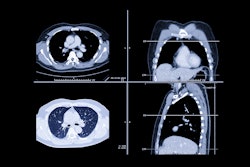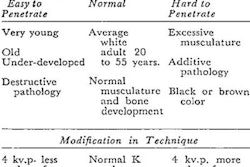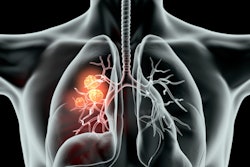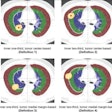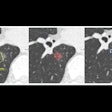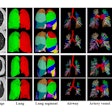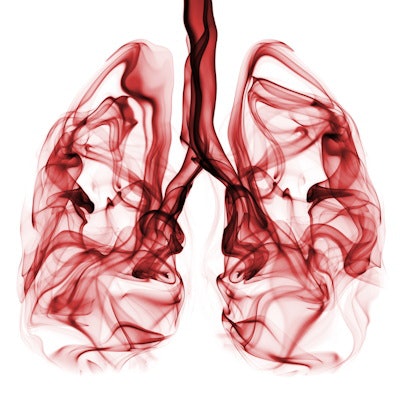
Using spirometry alone to identify emphysema in Black adults can lead to underdiagnosis, highlighting the need for CT imaging to evaluate the lung health of this population, according to a study published July 19 in the Annals of Internal Medicine.
"[Our] study demonstrates that emphysema is often present before spirometry findings become abnormal, particularly among Black men," noted a group led by Dr. Gabrielle Liu of Northwestern University in Chicago. "Reliance on spirometry alone to differentiate lung health from lung disease may result in the under-recognition of impaired respiratory health."
Emphysema is associated with chronic obstructive pulmonary disease (COPD), although it is a distinct condition. Patients may have emphysema before spirometry findings show any irregularities, especially Black men, the researchers explained. This could be due to their higher level of exposure to risk factors such as air pollution, history of asthma, and childhood respiratory illnesses.
In the current study, the authors sought to explore the prevalence of emphysema on CT imaging among people with normal spirometry results and to determine if the rate differs between black and white individuals.
The group used data from the CARDIA (Coronary Artery Risk Development in Young Adults) study between 2015 to 2016, as well as information from CT scans performed between 2010 to 2011. The research included 2,674 participants, of which 485 were Black men, 762 Black women, 659 white men, and 768 white women; all participants had both a CT exam and spirometry available for analysis. Primary outcome was visual identification of emphysema on CT, not spirometry results.
The investigators tracked patients' self-identified race category and visually identified emphysema on CT exam across a range of spirometry results using a metric called race-specific forced expiratory volume in one second (FEV1) across different percentage ranges (between 80% and 99% and 100% and 120%). (FEV1 measures the amount of air a person can force out of their lungs in one second; a race-specific version is adjusted to lower values for Black individuals.)
Of the study participants with a race-specific FEV1 between 80% and 99% of predicted, 6.5% had emphysema, and the occurrence of the disease was higher among both Black men and women compared with their white counterparts. Of those with a race-specific FEV1 between 100% and 120% of predicted, 4% had emphysema, with Black men having a higher prevalence compared with white men and Black and white women having a similar rate.
| Emphysema prevalence by race and gender based on CT results | ||||
| White men | Black men | White women | Black women | |
| Patients with race-specific FEV1 between 80% and 99% of predicted | ||||
| Emphysema prevalence | 4% | 15.5% | 3.4% | 6.6% |
| Patients with race-specific FEV1 between 100% and 120% of predicted | ||||
| Emphysema prevalence | 2.2% | 13.9% | 2% | 2.6% |
Liu and colleagues didn't intend the study to determine causes of racial disparity in rates of emphysema, they said, but to highlight that overreliance on spirometry measures may lead to underdiagnosis of the disease in Black adults -- and suggest that identifying emphysema on CT imaging is important.
"We conclude that visual emphysema should be included in definitions of 'early COPD' and CT imaging should be incorporated into the evaluation of those with suspected impaired respiratory health and normal spirometry findings," the team wrote.





